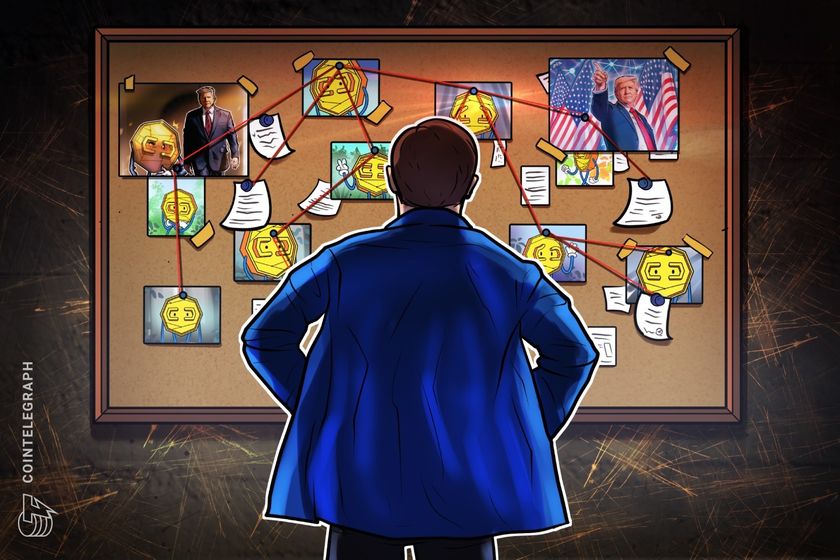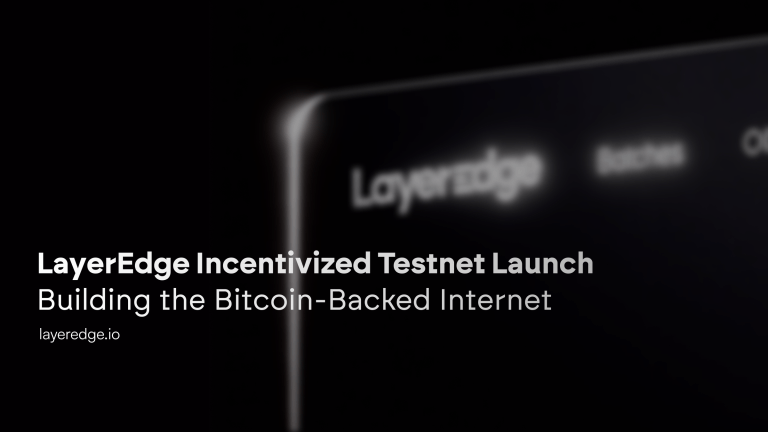
Signal under fire over MobileCoin partnership

Signal is facing criticism over its integration with MobileCoin, with eyebrows raised over a 450% increase in the price of MOB ahead of the announcement.
Controversy surrounds Signal’s recently announced MobileCoin integration, with users expressing concerns over ties between Signal’s founder and the cryptocurrency, opacity surrounding the coin’s issuance, and suspicious gains leading up to the partnership’s announcement.
Signal is an encrypted messaging application that has been embraced by the privacy and security-conscious community since launching as Open Whisper Systems in 2013 and rebranding two years later.
MobileCoin was founded in 2017, issuing roughly 15% of its supply to private investors after its entire supply was minted at launch.
The messaging app announced it had launched payment functionality through MobileCoin on April 4, with Signal founder Moxie Marlinspike stating it chose MobileCoin due to it requiring little storage space and providing fast transactions without sacrificing privacy on mobile devices.
Signal’s decision to integrate MobileCoin appears to have been made some time ago, with Internet Archive’s Jonah Edwards noting the source code for the cryptocurrency integration was kept private for nearly 12 months before being published to GitHub.
With MobileCoin’s MOB token rallying roughly 450% from March 28 until April 3, and news of the Signal integration pushing prices up to $66 as of April 7, some observers are speculating the price may have been affected by investors with advance warning of the announcement.
Concerns have been raised regarding Moxie’s relationship to MobileCoin, with early copies of the project’s whitepaper appearing to list Marlinspike as MobileCoin’s CTO.
While MobileCoin’s CEO, Joshua Goldbard, has sought to assure the community that Marlinspike only served as a “technical advisor” to the project and has never served as an executive, Goldbard appears to have been inconsistent in his characterization of Marlinspike’s involvement with the project.
In the Reddit thread, Goldbard dismisses the characterization of Marlinspike as one of MobileCoin’s founders. However, Goldbard also describes Marlinspike as one of the three individuals who “created Mobilecoin.”
Goldbard also appears to avoid questions regarding Marlinspike’s compensation for his role as technical advisor to the project. MobileCoin’s CEO also stated the team is working with its lawyers to determine what information regarding the MOB’s circulating supply can be made public:
“Regarding circulating supply, we are still working with our lawyers to determine what we can and can’t say here. The total number of coins is 250M, all of which were minted on day 1. We have been working diligently to get the coins into the ecosystem as quickly as possible.”
Buymobilecoin, a website that allows individuals to purchase MobileCoin tokens directly from the project, has also attracted controversy.
On Reddit, Goldband notes that more than 50% of available MobileCoin can be purchased through the website. However, the buying process is opaque, with no reference price provided, and orders organized via email correspondence.
Individuals are limited to purchases of up to 1,000 Euros daily and 5,000 Euros annually, but businesses that can demonstrate “the need for consumptive paper-to-peer use” of MobileCOin can buy up to 100,000 Euros worth of the token every 12 months. The site makes it clear that MobileCoins are not allowed to be sold or traded with U.S citizens, either through the site, or peer to peer within Signal.
MobileCoin also withholds information regarding how many coins are sold through the platform, with Goldbard stating: “With respect to how many coins were sold at buymobilecoin.com, we do not release this information out of respect for the privacy of our users.”
Cointelegraph reached out to MobileCoin for comment, but did not receive a response before publication. This article will be updated accordingly.
Go to Source
Author: Samuel Haig









